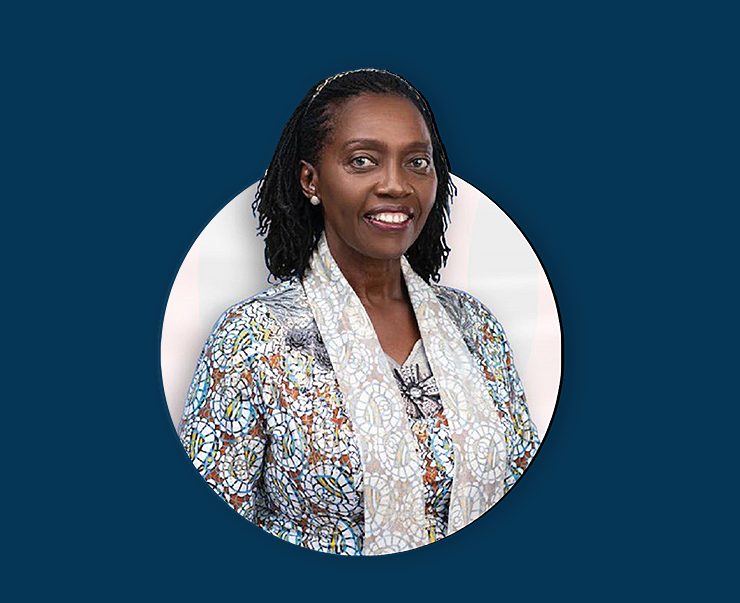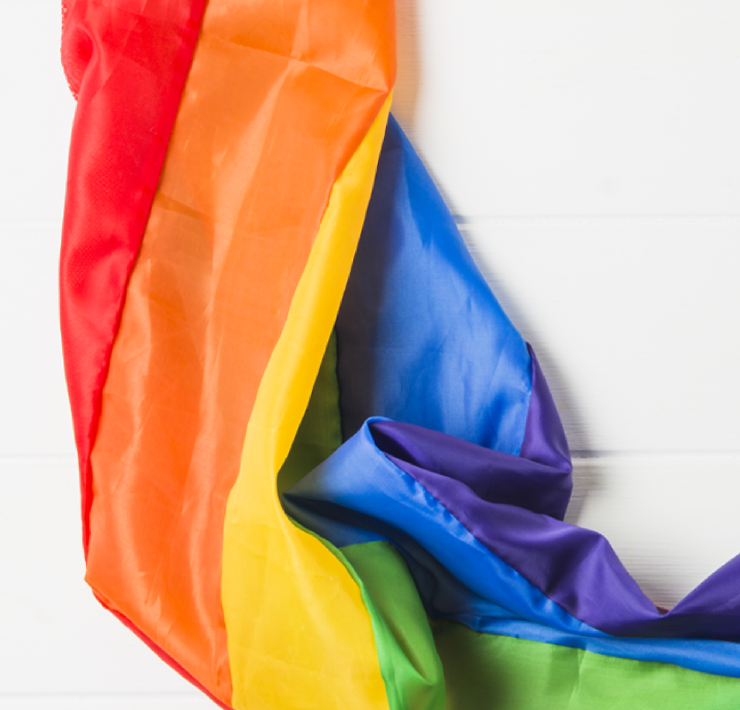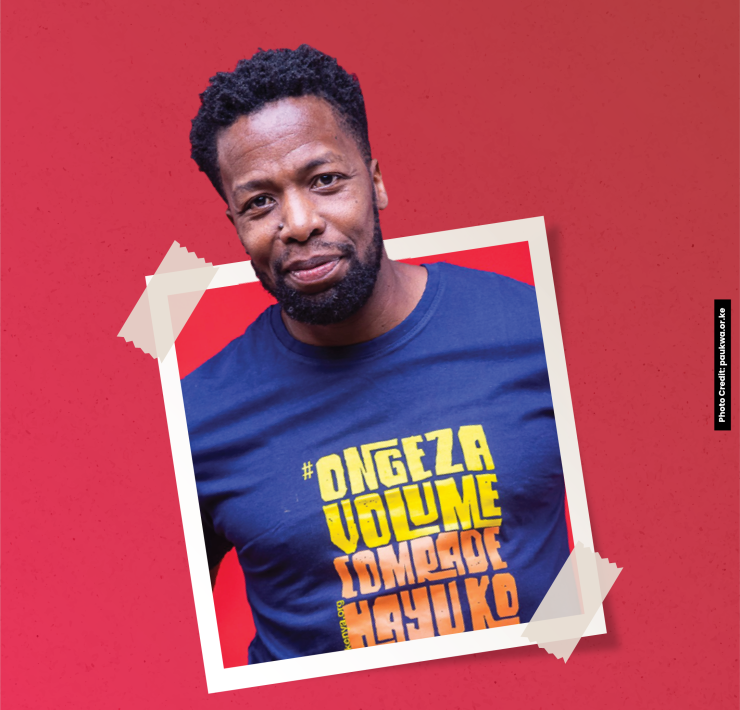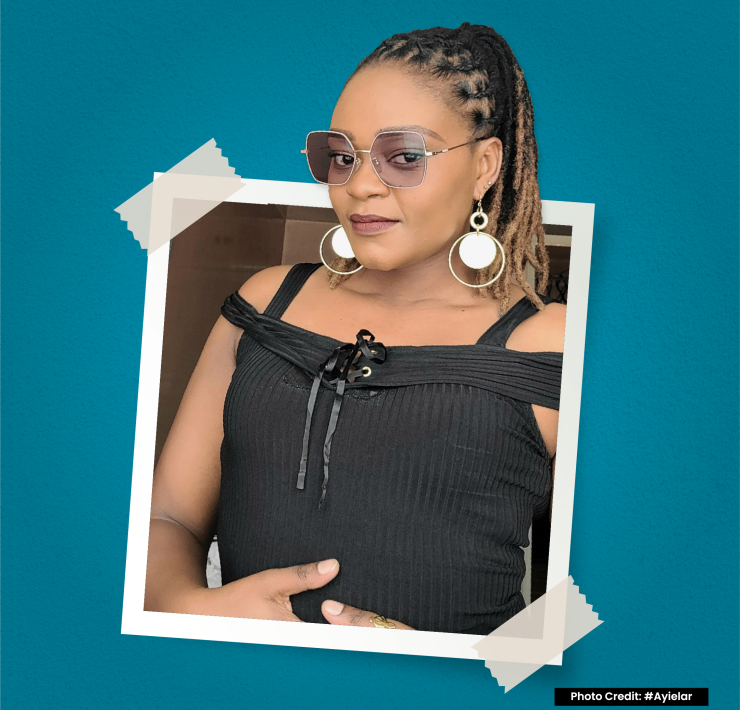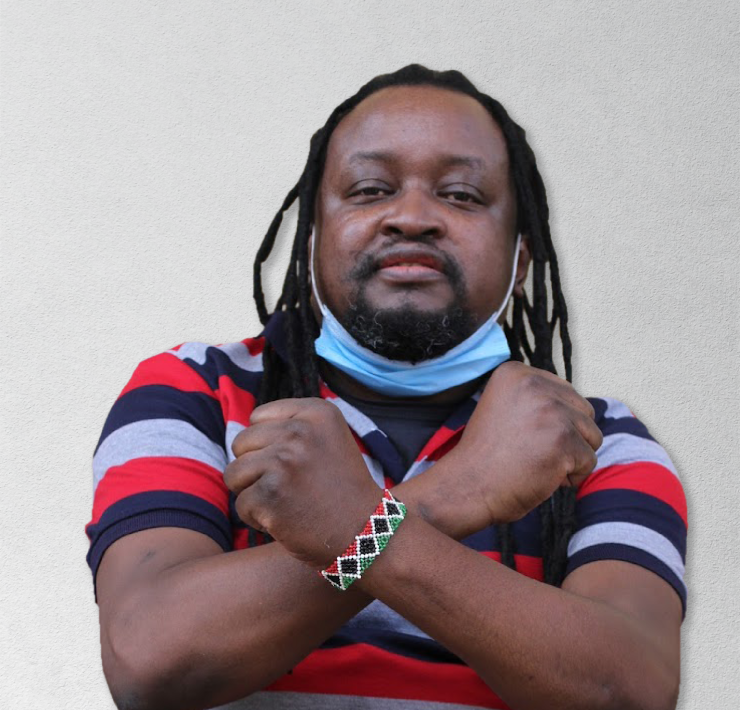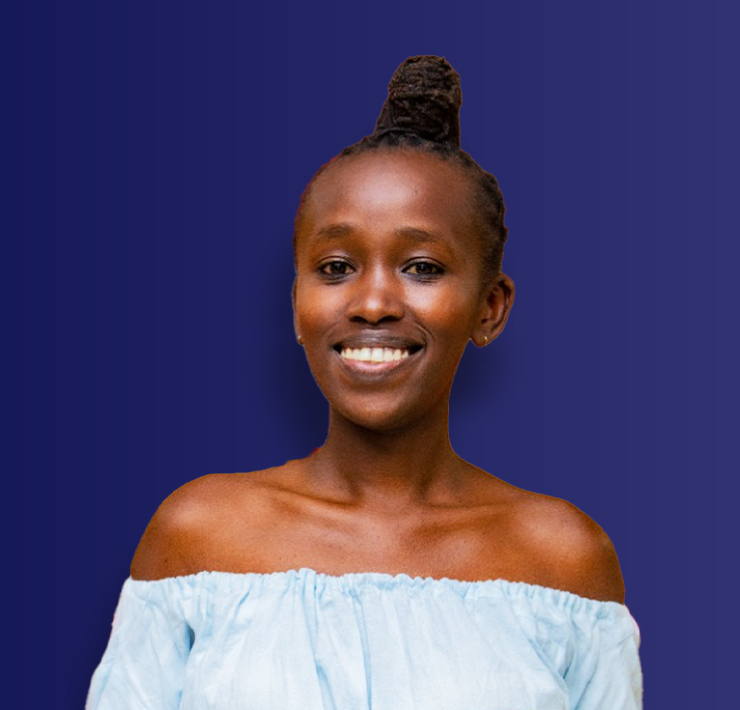Gakunju Kaigwa is a Kenyan sculptor with a Master’s degree in Public Art from the University of Dundee in Scotland. Although he began his career painting, Kaigwa discovered his real passion in the early ‘80s as a sculptor. He works with wood, glass, steel, resin, bronze and many other materials, using each medium to express different ideas and forms. Most of Kaigwa’s sculptures are figurative and envision the human body. He likes to portray the human condition, and in some of his works you can easily detect a “commentary” note; the works are not meant to be critical but are intended to evoke thought and emotion from the viewer. Kaigwa’s work may be found installed in a number of public spaces around Kenya and internationally. He has a studio at Kuona Trust Art Centre in Nairobi, and doubles as a thespian and a musician.
Q: Where did your journey into Art begin?
I was fortunate to go to good schools.
Somehow, the teachers saw a talent in me at the time. People often ask me, when did you start making art? It really is something that started from a very young age. At the time I wasn’t thinking consciously about it but I had very supportive teachers all through my time at Hospital Hill Primary School which I attended from 1964 to 1970. Thereafter I went to Lenana School, which again had a very strong art programme. I was taught by a lady who joined the same year I was in Form One called Themina Kaderbhai, with whom we are still friends to this day. She taught me art for six years, and I did well enough to qualify to go to Kenyatta University – Kenyatta College as it was known then – in 1977.
I started the fine art programme, which at the time had to be done under the Bachelor of Education (Fine Art). They were actually training teachers, not artists. It was the only place where you could do art other than the University of Nairobi, which had Design and Architecture. I was more interested in Fine Art and Sculpture. It was a wider way of expressing myself. I was introduced to all these mediums and new ways of expression, you know the graphics, ceramics and sculpture for three years.
When I graduated in 1980 with my B. Ed., I decided I wasn’t going to go into teaching. I was more interested in making art. But my parents thought otherwise and insisted that I join the civil service. And so I found myself working in the design section for TV programmes at the Voice of Kenya (VoK), as it was then known. We were the guys designing the set for plays or talk shows.I did that for two years then decided that the life of a civil servant was not where I was supposed to be. And so I quit in 1982 and went back to practicing art full time.
Q: So, how did it proceed? Did you open a studio?
I chanced to be at a place where a conversation was taking place between the director of the then International Casino, Ludovico Gnecchi, who was Italian, and the lady who was running Gallery Watatu, Ruth Schaffner. At the time, I was exhibiting my work with Gallery Watatu. The Casino was just opening and they wanted to have artwork on the walls, which is how I happened to be there, helping to move artwork around. Schaffner challenged the Italian director to take a Kenyan artist to Italy.
I was halfway listening to this conversation. She (Schaffner) challenged him. She said, ‘‘Look at how we are beautifying your restaurant. Why don’t you do something for us by sponsoring an artist like that guy over there to go to Italy?’’ She was pointing at me. I thought she was joking.Surprisingly, the director took up the challenge immediately. ‘‘Sure, sure,’’ he said. ‘‘Where does he want to go and what does he want to do?’’ I thought he was joking.
When I later realized that they were serious, I started seeking opportunities in Italy.
I wasn’t sure how I was going to do it, whether it was a residency or whatever. I got a response from the Academia di Belle Arti di Carrara, which is where the most beautiful marble in the world comes from. The marble that Michelangelo used. Many well-known works of art originated there. They accepted me on their programme, and I went and did that for one academic year, all expenses paid by the casino. I got a very concentrated dose of art, not just in what I was making, but being in Italy where everywhere around you breathes art – the museums were just phenomenal. It was then that I started taking an interest in public art , working on a larger scale. This was in 1988, the first time I had ever traveled abroad, and it was a very eye-opening experience.
When I came back in May of 1989, I started expanding ways in which I could express myself. I started learning how to do welding. I started doing wood carving. I started working with concrete and resin and realized that I had really been constricting myself by only working with stone as a material.
Q: What next after Italy? Did you come back home to settle into art-making full time?
I was 32 at the time, which was kind of old to start traveling.
But I remember telling myself that as soon as I got back to Nairobi, I was going to start looking for where else to go. I was like, I had been missing out on this.
The trip to Italy just kind of blew my mind. As soon as I got back, I applied for a postgraduate course. It was a Masters in Philosophy, for some reason they called it. It was an art course at the University of Dundee in Scotland, and what they offered was that you could do a straight-up masters or you could do a masters with an emphasis in art in public places. There were 15 applicants from across the world, but I managed to qualify on the strength of my BA and my CV. I managed to twist the arm of the British Council just by being a nuisance and in the end they gave me a scholarship.
And so in 1992 I was off to Scotland, where I spent a year and a half doing this programme which was absolutely amazing, you know, ‘cause it brought you into a world where you were now talking to quantity surveyors, you are talking to architects, you are talking to people who are creative in architectural spaces, both indoors and outdoors, and going through the process of how you would pitch an idea; how you would get involved in getting your work into a building; into a hospital, a school, all these different experiences where you are learning not just how to make the art but how to tie it into these wider spaces where it is going to be appreciated by the public. That was very helpful in terms of just broadening my horizons as far as where my work could go rather than just concentrating on gallery art.
I was now thinking about how to get into public spaces.
Q: You also spent quite some time in the United States. How did that come about?
While I was in Scotland, I was also looking for places to go after I was done.
I heard about a place in the States, in New Jersey, and I applied. It was a bronze foundry where they do metalwork casting. And they had what they call an apprenticeship programme.
The way it worked was that you went into this space, which was fairly industrial; it was like a technical institute. And they had work that came in from paying clients. So, they’d bring an idea, they’d bring a concept into the foundry, and this team of people would create it basically, in metal, in bronze, in silver, in aluminum or in iron.
At any given time, they had about 25 or so apprentices who would then be assigned to certain people on the staff who were these very very experienced people in different areas of metalworking, and they’d take you under their wing and basically show you the ropes. But then because you were working for paying clients you were actually paid. So, in a sense, you became a worker who is also learning at the same time. You were paid enough to pay your rent, buy food and so on. So we didn’t need any outside funding.
What would happen was that you’d be on the clock from 8 a.m. in the morning to 5 p.m., and then when you punched out at the end of the day. The facility stayed open until 10 p.m., and you could use any of the areas – the state-of-the-art foundry – to make your own work. It was open on Sundays and Saturdays as well. And so that was the trade-off. You work for someone during the day and then you work for yourself once you clock off. It was perfect!
I did that for four years. And so, what I initially thought would be a one-year programme ended up being four years. I went through all the departments of the foundry in the metal-making process, from modeling where it comes in through the door. Somebody brings in a little thing, six inches tall. They say ‘‘I want this six feet . . . or two metres,’’ and you enlarge it into a larger piece, then make the mould and pass it onto the next department, where they cast it in wax using what’s known as a lost-wax process. It can get very technical, but then when it gets into the wax it’s a whole different department.
From there it now goes into the mould-making for now pouring into the metal, which was another department. And then there was the foundry itself where you run these furnaces that were actually melting the metal and pouring it into the moulds. And then the metal pieces had to be put back together again, because you don’t make bronze artwork all in one piece. It’s actually hollow pieces that you then connect back together.
So, there was what was called the metal-chasing department where you weld everything back together and hide all the joints and so on. And then there was the finishing where you went and put up a patina, which was like a colour that you incorporated into the piece, any colour you can imagine, from green to black to grey to white to silver. . . you’d actually apply it as a chemical onto the metal then it bonds with the metal.
And so, all of those departments had a programme, and you could do whichever one you wanted. Some people just came and did patina and left. Others came to learn about the foundry then left. I was there for four years. I went through every single department. And even when I left the foundry they wanted to employ me. They wanted me to stay because they had opened a stone-carving department, and I had done some work in there as well, which was up to the standard they wanted. But in the interim I had gone to visit a relative in California, this was around mid-1998, and I just loved California and decided to move there.
Q: Other than art, do you have any other creative pursuits?
I had three passions growing up.
As I was learning art, I was also a musician. My elder brother, George Murakaru Kaigwa, brought home a guitar he had won at a raffle and asked me, ‘‘Do you want it?’’
At the time I didn’t even know how to tune it, but I just messed around with it and then I gradually learnt that this was E, A, D and G chord. A friend of mine who was also my classmate, Hoffman Ayudo, taught me how to tune it properly. I played for a couple of years while at Lenana School. But I found chords a bit too complicated. My fingers weren’t the right shape or size. And so, I asked for a bass guitar instead, and I got one for my birthday. So, I started messing around with that. It is still there, but I don’t play it as much as I should.
But then I used to tag along with the African Heritage band a lot when they were doing their thing, you know just going to their gigs. At one time they were using my guitar, and they were very very tight. I also love playing percussion and drums and shakers. But I’ve never really played in a band or formed my own.
In primary school I acted in school productions, the same to high school and at Kenyatta University. At KU I acted with David Mulwa and the late Francis Imbuga. At one time while I was still in high school, I was on the travelling theatre that used to be done by the University of Nairobi. We did plays by the likes of John Ruganda and David Rubadiri, and we would actually take them on the road. They needed some young characters in some of the plays they were doing.
So, I was doing those while still in high school. I was doing theatre even after I left university. At some point in time I remember sitting down and making a decision: am I going to go with music, am I going to go with theatre or am I going to do visual arts? I think sculpture just won. It was just like this is what you really love doing, and it’s what you can do whenever you want to do it. You don’t have to wait around for anybody else to be there for you to do it.


